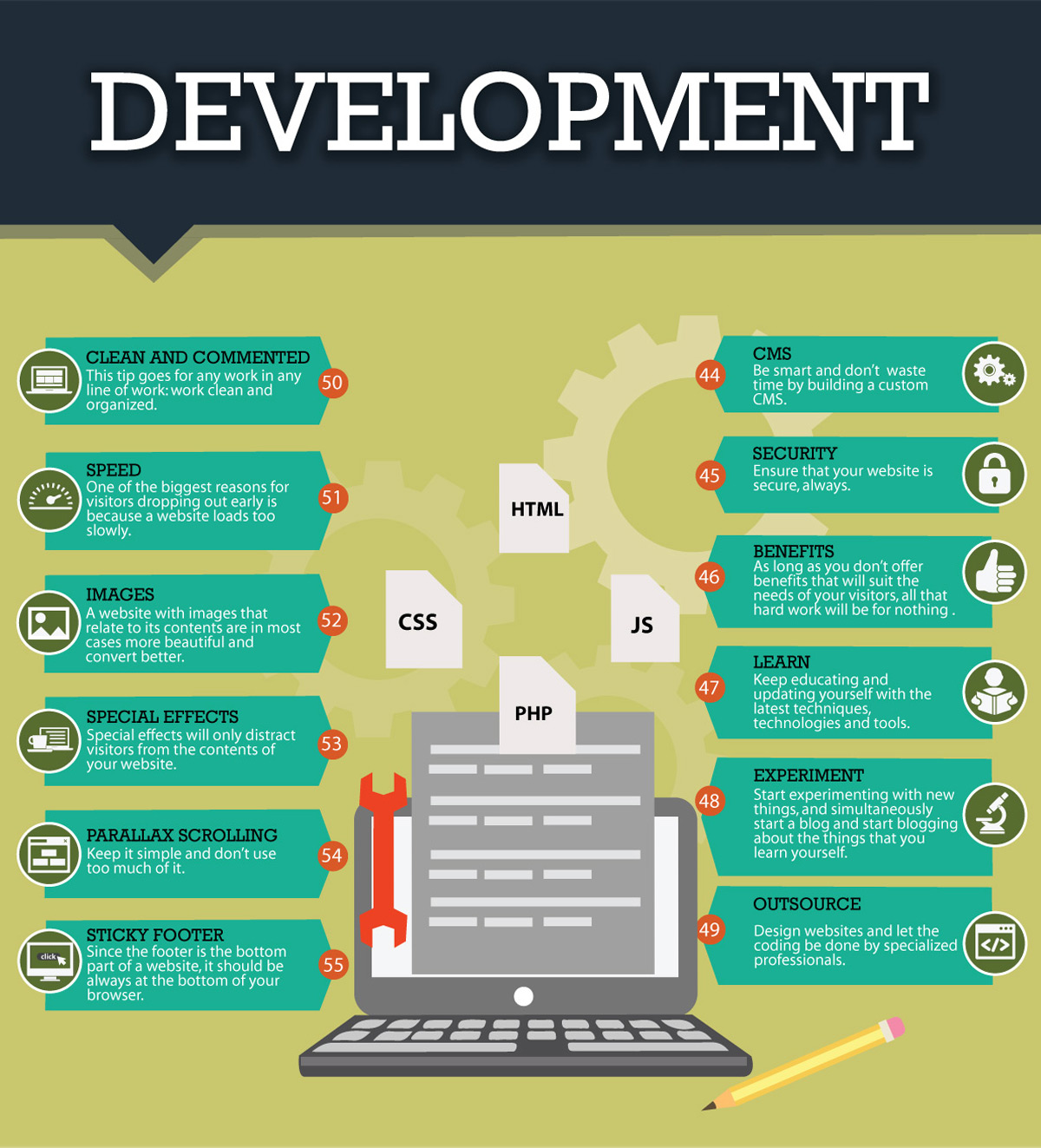Core Concepts Of Website Layout: Guidance For Crafting A User-Friendly Online Existence
Core Concepts Of Website Layout: Guidance For Crafting A User-Friendly Online Existence
Blog Article
Staff Writer-Crews Skinner
When it involves site design, guaranteeing user-friendliness is vital. From receptive style to structured navigating, every aspect plays a vital function in producing a site that caters to your target market's requirements. However what concerning the finer details that can make or damage an individual's surfing experience? Keep tuned as we discover some often-overlooked tips that can boost your website's usability to the following level, making it truly stand out in the electronic landscape.
Relevance of Responsive Design
Responsive design is a vital element of contemporary internet site advancement. Ensuring simply click the next website is responsive means that it can adapt to various screen sizes and devices, giving a smooth experience for individuals.
With the raising use mobile phones and tablet computers to access the net, having a responsive layout is essential for reaching a bigger audience. It assists in boosting user experience by making your site very easy to browse and continue reading any gadget.
In addition, responsive layout can positively impact your online search engine rankings, as online search engine like Google focus on mobile-friendly web sites. By having a receptive design, you're also future-proofing your internet site, as brand-new devices with differing screen dimensions remain to arise.
Simplify Navigation Structure
To improve customer experience and help with very easy access to details on your web site, simplifying the navigation structure is paramount. When developing your site, focus on creating a clear and instinctive navigating food selection that aids visitors find what they're trying to find promptly.
Restriction the variety of menu items to the basics, organizing related web pages together to prevent frustrating individuals. Use detailed tags that clearly show the material of each page, making it much easier for customers to understand where each web link will take them.
Think about implementing dropdown menus for subcategories to prevent jumbling the major navigating bar. Additionally, consist of a search bar plainly on the page for customers that favor searching for details information.
Prioritize mobile responsiveness in your navigating layout to guarantee easy accessibility on all devices.
Maximize Page Load Rate
Improving web page load rate is vital for maintaining site visitors on your site. Slow-loading web pages frustrate customers and can bring about high bounce rates. To maximize page tons speed, start by maximizing photos. Press photos without jeopardizing quality to minimize their data dimensions.
Furthermore, make it possible for web browser caching to keep frequently accessed sources in your area, quickening load times for returning visitors. https://www.entrepreneur.com/article/422521 , JavaScript, and HTML data by eliminating unnecessary personalities, remarks, and format, enhancing lots rate.
Think about utilizing a content distribution network (CDN) to disperse your internet site's content throughout multiple servers worldwide, decreasing latency for customers accessing your website from various places. Finally, limit making use of third-party manuscripts and plugins, as they can significantly affect lots times.
Verdict
To conclude, by integrating receptive layout, streamlining navigating, and optimizing web page load rate, you can produce an easy to use site that interest a broader target market and improves user experience. These essential elements guarantee that site visitors can conveniently gain access to and navigate your website across various devices, leading to enhanced engagement and satisfaction. By focusing on these key aspects, you can build a successful site that keeps individuals returning for more.
